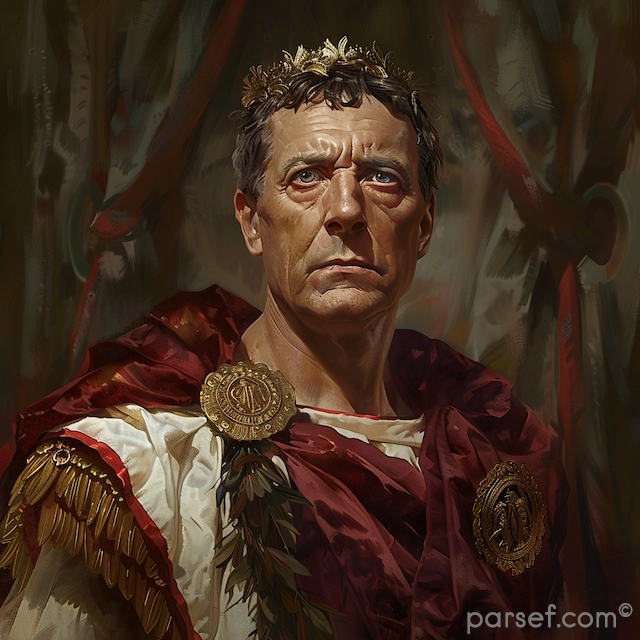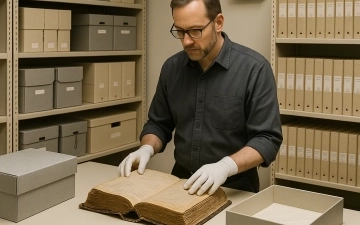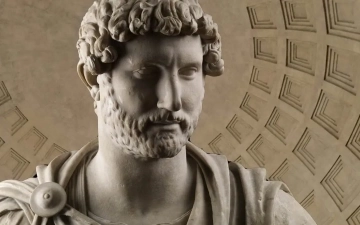Matthew Henry’s Concise Commentary: A Timeless Guide to Biblical Understanding

Matthew Henry’s Concise Commentary on the Whole Bible is one of the most enduring and widely used resources for Bible study. Known for its clarity, depth, and spiritual insight, this commentary distills the essence of Matthew Henry’s original six-volume work into a shorter, more accessible format. It has been cherished by readers for over three centuries as a tool for deepening their understanding of Scripture and its practical application.
This post explores the origins, structure, key features, and enduring legacy of Matthew Henry’s Concise Commentary, as well as its impact on the study of the Bible.
Who Was Matthew Henry?
Matthew Henry (1662–1714) was an English Nonconformist minister and theologian, best known for his extensive commentary on the Bible. Born in Flintshire, Wales, Henry was raised in a devout Christian household. His father, Philip Henry, was a Presbyterian minister who instilled in him a love for the Scriptures.
Educated privately due to restrictions on Nonconformists in England, Henry later pursued ministry work in Chester and Hackney. He gained a reputation as a passionate preacher and a skilled expositor of Scripture. His sermons emphasized the importance of applying biblical principles to daily life, a theme that would dominate his writings.
Matthew Henry began his commentary on the Bible in 1704 and worked on it until his death in 1714. While he completed the Old Testament and the Gospels, his work on the rest of the New Testament was finished posthumously by other ministers who admired his style and vision.
The Original Commentary vs. the Concise Version
The original Exposition of the Old and New Testament by Matthew Henry is a six-volume work that provides an in-depth, verse-by-verse interpretation of Scripture. It combines theological insights, historical context, and practical application. While highly detailed and thorough, its length makes it less accessible for casual readers or those seeking a quick reference.
The Concise Commentary was created to address this need for brevity and accessibility. It distills Henry’s original work into shorter summaries and key insights, making it ideal for personal devotions, Bible study groups, and new students of the Bible. Despite its brevity, the concise version retains the essence of Henry’s thought and his commitment to making Scripture understandable and applicable.
Structure and Key Features
Matthew Henry’s Concise Commentary follows the structure of the Bible, offering insights on each book from Genesis to Revelation. Here are some key features that define this work:
1. Book-by-Book Analysis
Each book of the Bible is introduced with a brief overview, highlighting its themes, purpose, and context. Henry provides a roadmap for understanding how each book fits into the broader biblical narrative.
2. Chapter Summaries
For each chapter, Henry summarizes the main events and teachings, drawing out spiritual and moral lessons. These summaries are concise but rich in meaning, often connecting the text to broader theological principles.
3. Practical Application
One of the hallmarks of Henry’s commentary is its focus on applying Scripture to everyday life. Whether discussing God’s covenant with Abraham or Jesus’ Sermon on the Mount, Henry emphasizes the relevance of biblical truths for personal growth, ethical behavior, and spiritual devotion.
4. Christ-Centered Interpretation
Matthew Henry’s writings are deeply Christocentric. He frequently draws connections between Old Testament prophecies and their fulfillment in Jesus Christ, demonstrating the unity of the Bible as a whole.
5. Pastoral Tone
Written with a pastor’s heart, the Concise Commentary encourages readers to reflect on their relationship with God. Henry’s language is warm and approachable, offering encouragement and exhortation in equal measure.
Themes Highlighted in the Commentary
1. God’s Sovereignty
Henry’s work emphasizes the sovereignty of God over history, nature, and human affairs. He consistently points to God’s providential care and ultimate control, encouraging trust and obedience.
2. The Centrality of Scripture
For Henry, the Bible is the ultimate guide for faith and practice. His commentary underscores the sufficiency and authority of Scripture, urging readers to study it diligently.
3. Human Sin and Divine Grace
Henry frequently explores the themes of human sinfulness and God’s redemptive grace. He highlights the need for repentance and the assurance of forgiveness through Christ.
4. The Call to Holiness
Throughout his commentary, Henry calls readers to pursue a life of holiness, marked by love for God and neighbor. He emphasizes the transformative power of the Holy Spirit in the believer’s life.
Impact and Legacy
1. Influence on Preachers and Teachers
Matthew Henry’s Concise Commentary has been a staple for preachers and Bible teachers for generations. Its clear insights and practical applications provide a foundation for sermons, lessons, and theological discussions.
2. Devotional Use
The commentary’s accessible format makes it ideal for personal devotions. Readers can easily use it alongside their Bible reading to gain deeper understanding and spiritual encouragement.
3. Enduring Popularity
Despite being written in the early 18th century, the Concise Commentary remains widely used today. It has been translated into multiple languages and is available in print, digital, and online formats, ensuring its reach to a global audience.
4. A Bridge Between Academics and Laypeople
Henry’s ability to present profound theological truths in simple language has made his work a bridge between scholars and laypeople. His commentary appeals to both groups, offering depth without overwhelming complexity.
Criticism and Modern Relevance
While Matthew Henry’s Concise Commentary is highly regarded, it is not without criticism. Some modern readers find its language dated or its interpretations overly allegorical. Additionally, the concise format may omit nuances present in the original work.
However, its timeless truths and devotional insights continue to resonate. In an age of rapid information, the Concise Commentary offers a grounded, reflective approach to Bible study, reminding readers of the eternal relevance of God’s Word.
Matthew Henry’s Concise Commentary on the Whole Bible is a treasure trove of biblical wisdom. It bridges the gap between the 18th century and today, offering timeless insights into God’s Word. Its combination of clarity, practicality, and spiritual depth has ensured its place as a beloved resource for Christians worldwide.
Whether used for in-depth study or daily reflection, the Concise Commentary invites readers to engage with the Bible not just as a historical text, but as the living Word of God. In the words of Matthew Henry himself:
"The Scriptures were written, not to make us astronomers, but to make us saints."
Related Posts
The Evolution of Customer Expectations In A Digital-First World
Introduction: When Everything Changed for Travelers Think back to your last vacation ten years ago. Going off-grid was actually part of the appeal, wasn't it? Fast forward to today, and that mindset seems downright prehistoric. Modern travelers want their phones working before the plane wheels touch down, and they're definitely not...
Read MoreOrganizing Archival Gear for Museums and Collectors
Proper archival care of equipment is necessary for collectors and museums to conserve valuable artifacts and records. Proper categorization, storage, and environmental control help maintain collections whole and durable. The implementation of proper archival care practices ensures historical materials are preserved and can be made accessible to future generations. Historical Note: preservation...
Read MoreHadrian: Building Walls and Bridges in Ancient Rome
In the annals of Roman history, Emperor Hadrian stands out as a multifaceted ruler known for his significant architectural projects, military achievements, and contributions to the empire's cultural development. His reign, from 117 to 138 CE, was marked by a commitment to both defending and connecting the vast Roman territories....
Read MoreRamoth-Gilead: The Ancient Stronghold of Israel
Ramoth-Gilead, an ancient city of great biblical and historical significance, was a major stronghold located in the region of Gilead, east of the Jordan River. The city, often mentioned in the Old Testament, played a crucial role in the territorial struggles between Israel and its neighboring nations. Today, the exact...
Read MoreDriving Toward the Future: Innovations in Sustainable Automotive Technology
As the global focus sharpens on climate change, energy efficiency, and sustainable living, the automotive industry stands at a critical crossroads. Manufacturers, engineers, and policymakers are working in concert to reduce carbon emissions, enhance fuel economy, and reshape transportation for a cleaner tomorrow. At the heart of this revolution lies...
Read MoreNero: The Notorious Emperor Who Fiddled While Rome Burned
The name Nero is synonymous with tyranny, extravagance, and the infamous image of an emperor who, according to legend, played the fiddle while Rome was engulfed in flames. Nero's reign is a dark chapter in the history of the Roman Empire, marked by cruelty, decadence, and the disastrous Great Fire...
Read More






















